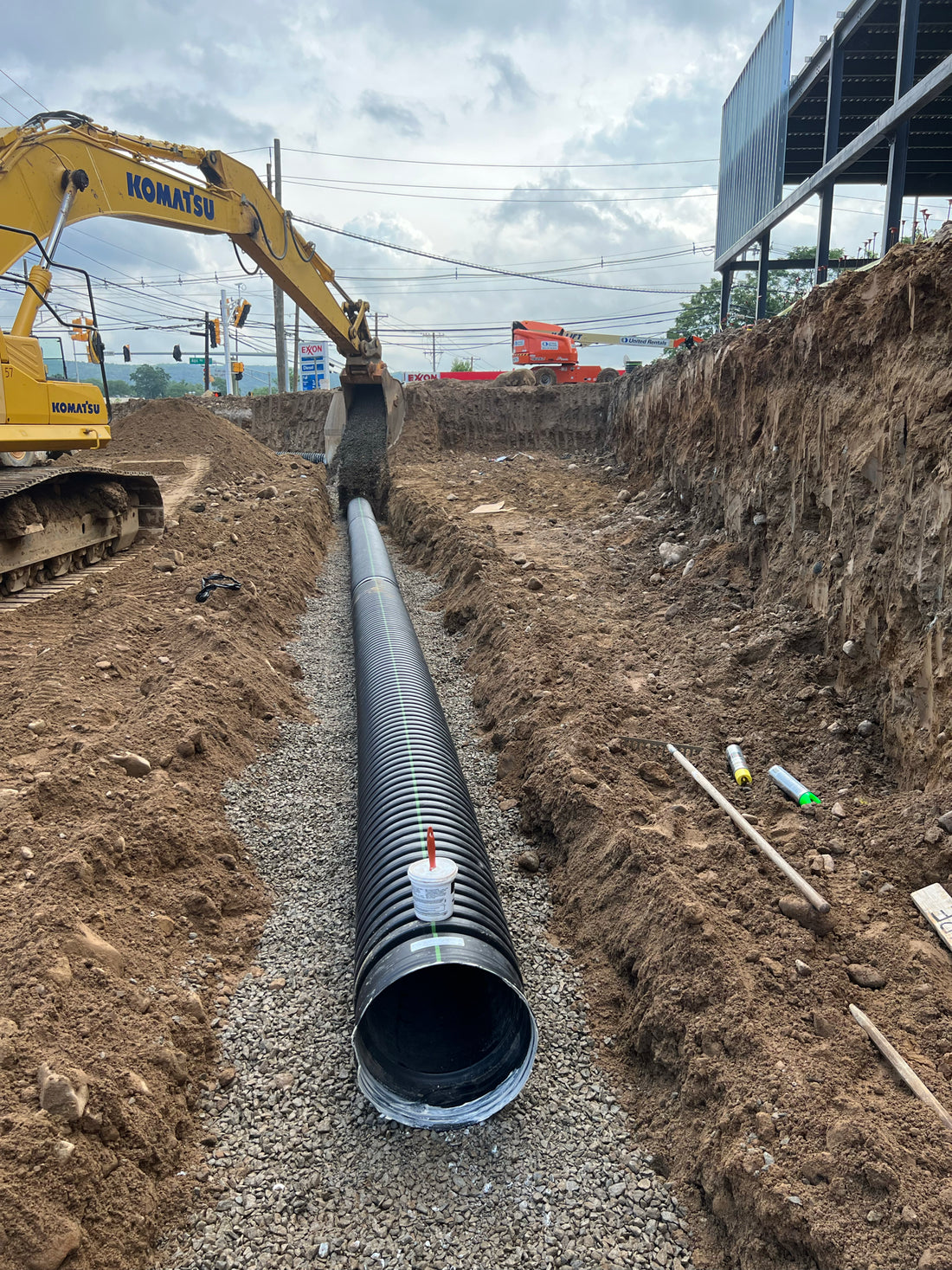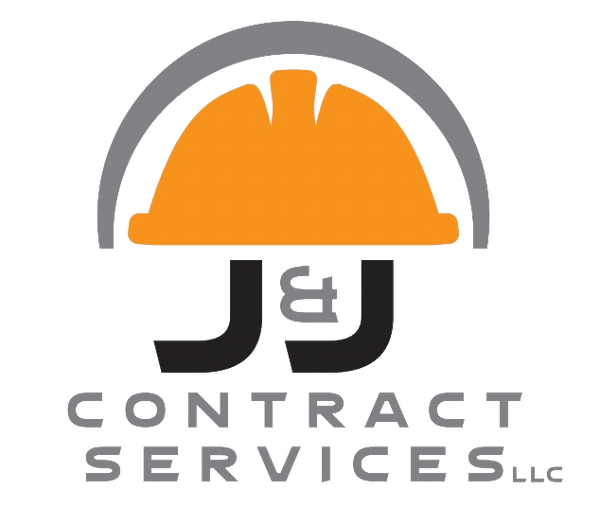
Drainage
Share
Drainage is a vital aspect of land development and construction, designed to manage the flow of water on a site to prevent flooding, erosion, and water damage. Effective drainage systems help direct surface water away from buildings and infrastructure, ensuring stability and longevity.
Key Components of Drainage Systems:
-
Surface Drains: These collect and channel water from surfaces like driveways and lawns. Grates or catch basins may be used to capture runoff and direct it to a drainage system.
-
French Drains: A trench filled with gravel or rock containing a perforated pipe that captures and redirects groundwater away from foundations and other areas prone to flooding.
-
Swales: Shallow ditches designed to convey water and promote infiltration into the ground. They can be used to manage stormwater runoff effectively.
-
Stormwater Management Ponds: These are designed to hold excess water during heavy rainfall, allowing it to gradually percolate into the ground, reducing the risk of flooding and improving water quality.
-
Downspouts and Gutters: Installed on buildings to direct roof runoff away from the foundation. Properly functioning gutters and downspouts are essential for preventing water accumulation around structures.
-
Retention and Detention Basins: Designed to temporarily store stormwater runoff and release it slowly, helping to control peak flow rates and reduce flooding.
Drainage Installation Process:
-
Site Assessment: Evaluate the land's topography, soil type, and existing drainage patterns to design an effective drainage plan.
-
Design Plan: Create a comprehensive drainage plan that outlines the layout and components of the system, ensuring it meets local regulations.
-
Excavation: Dig trenches or ponds as necessary, ensuring proper grading to facilitate water flow.
-
Installation of Components: Install pipes, drains, and other system components according to the design plan. Proper connections and seals are essential to prevent leaks.
-
Backfilling and Grading: After installation, backfill trenches and grade the land to ensure proper drainage and direct water flow away from structures.
-
Testing and Maintenance: Regular inspections and maintenance are essential to keep the drainage system functioning effectively. This includes clearing debris, checking for blockages, and ensuring proper water flow.
